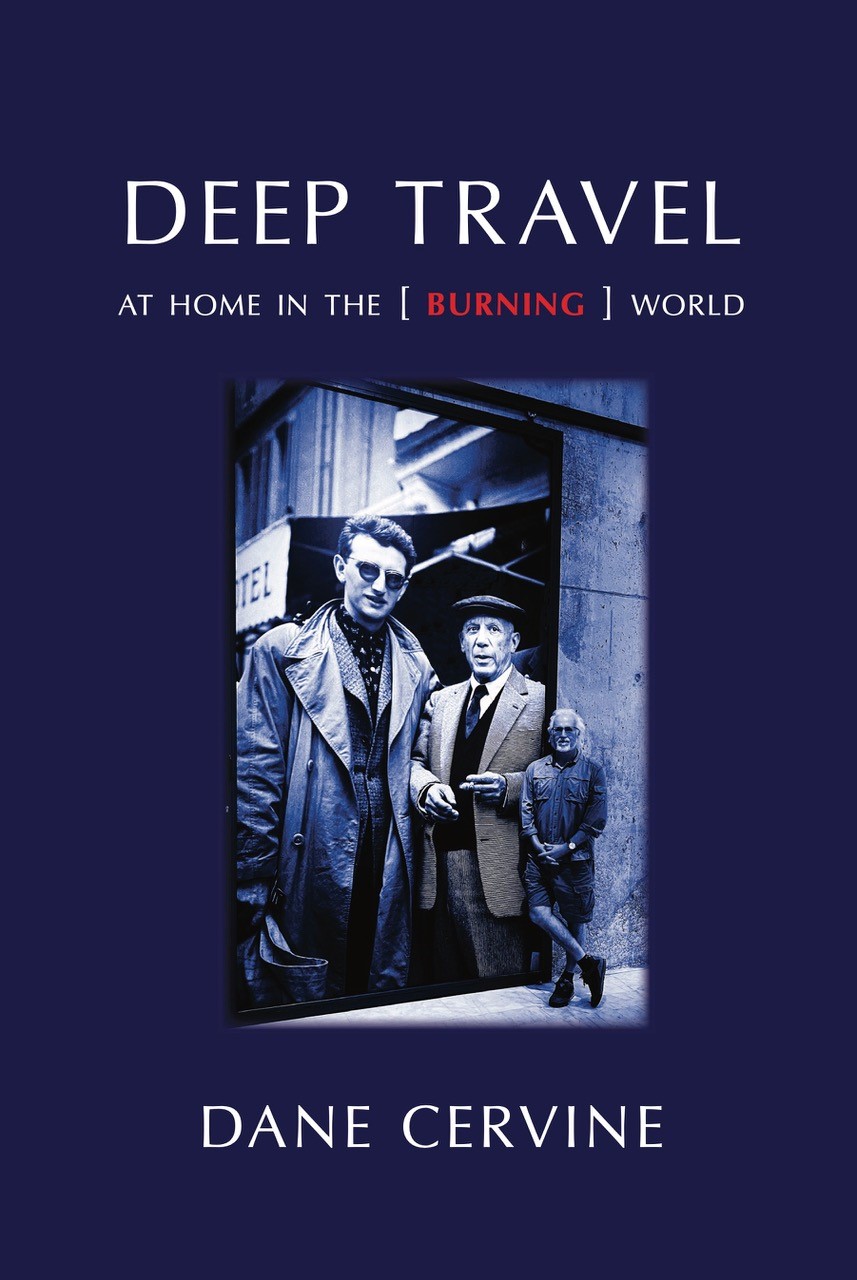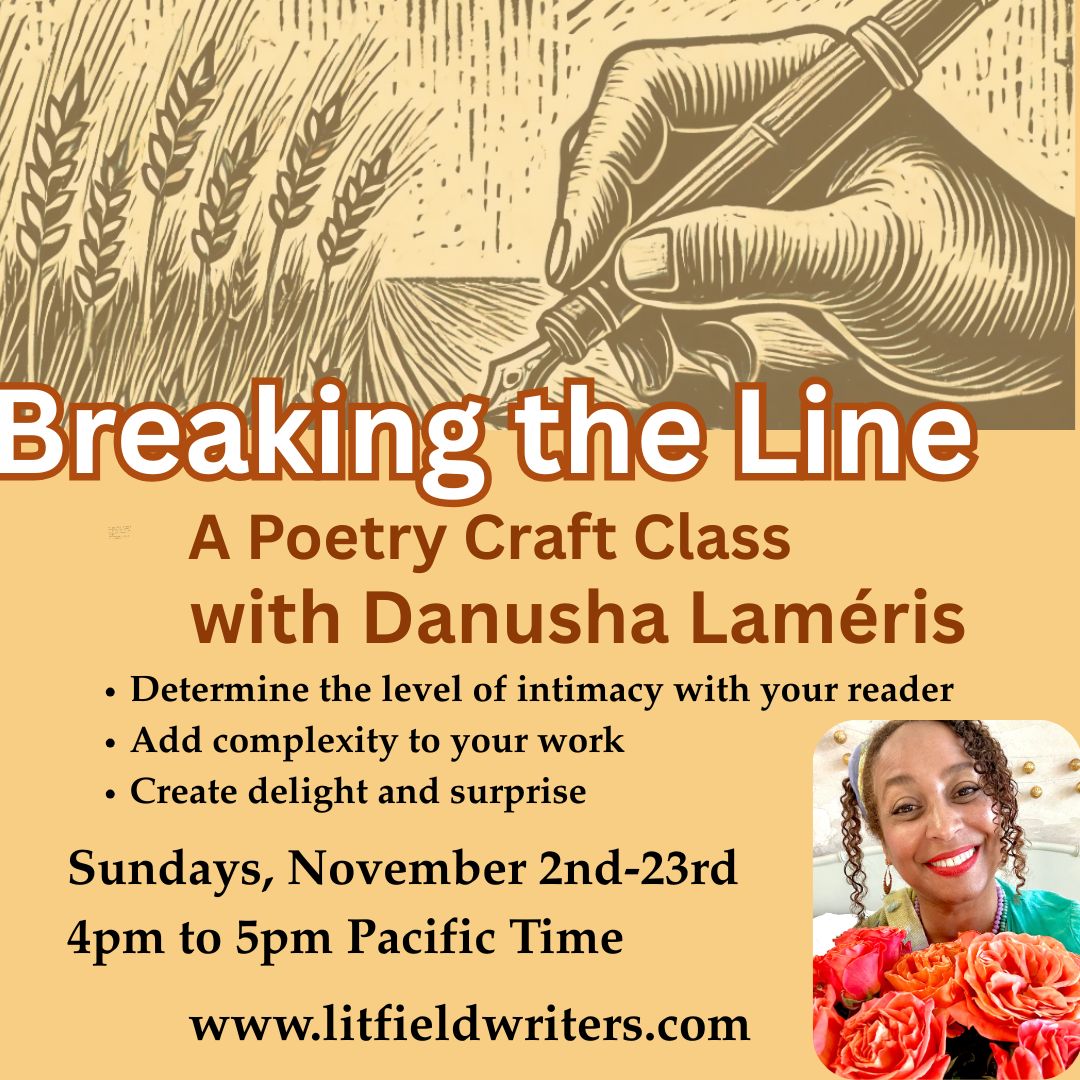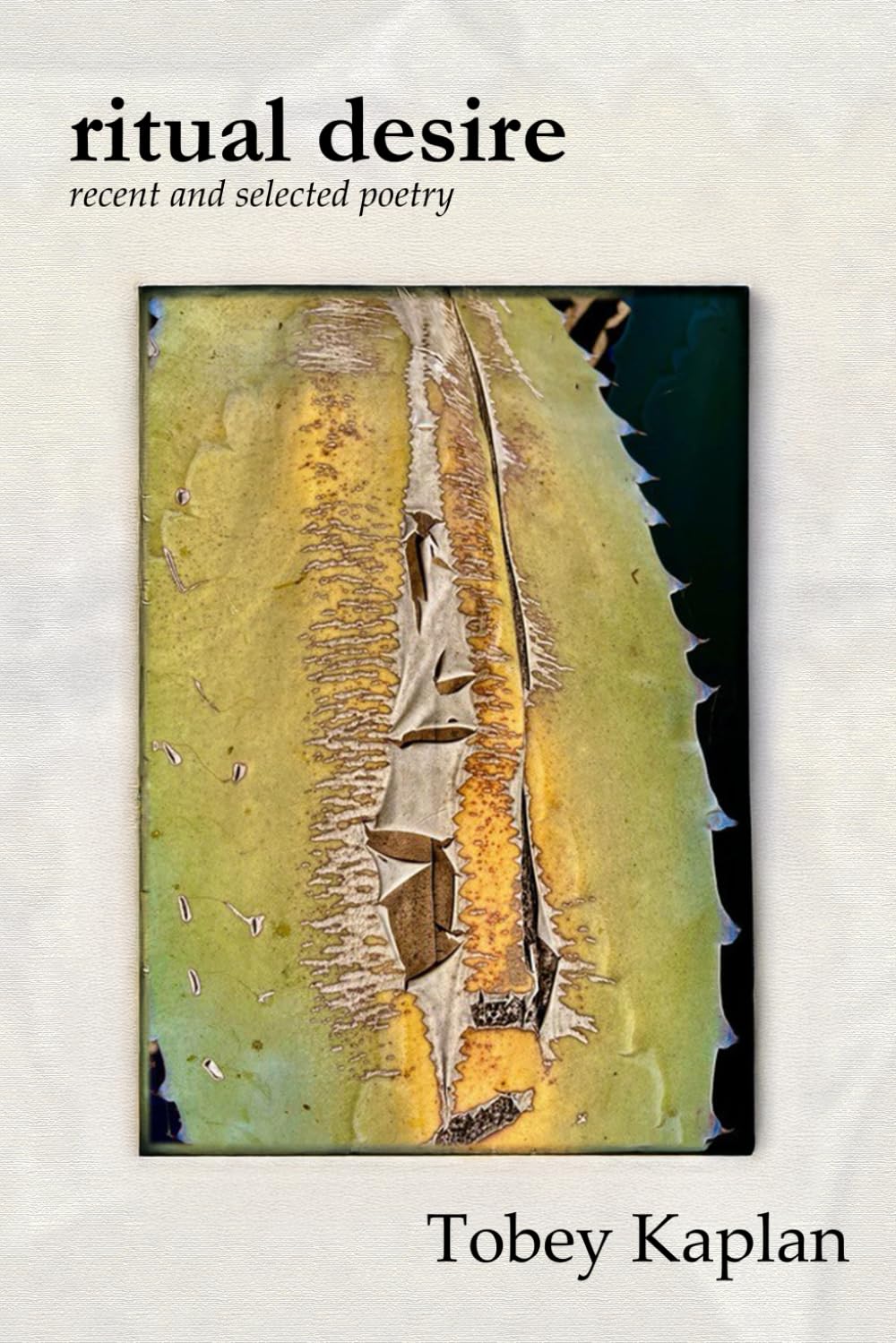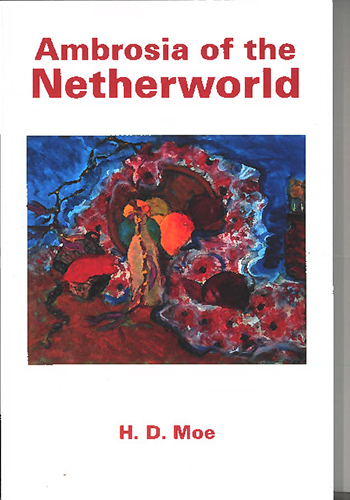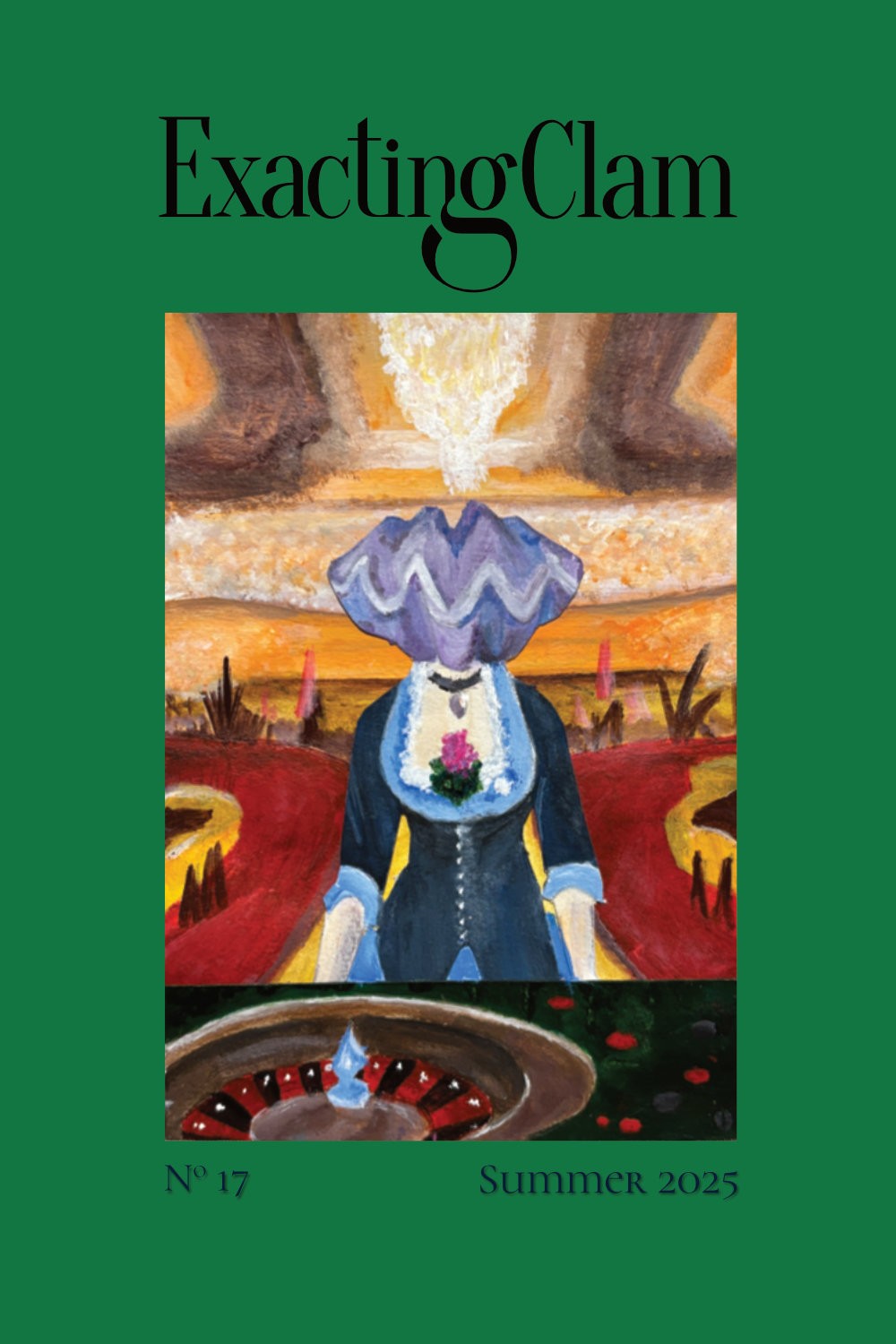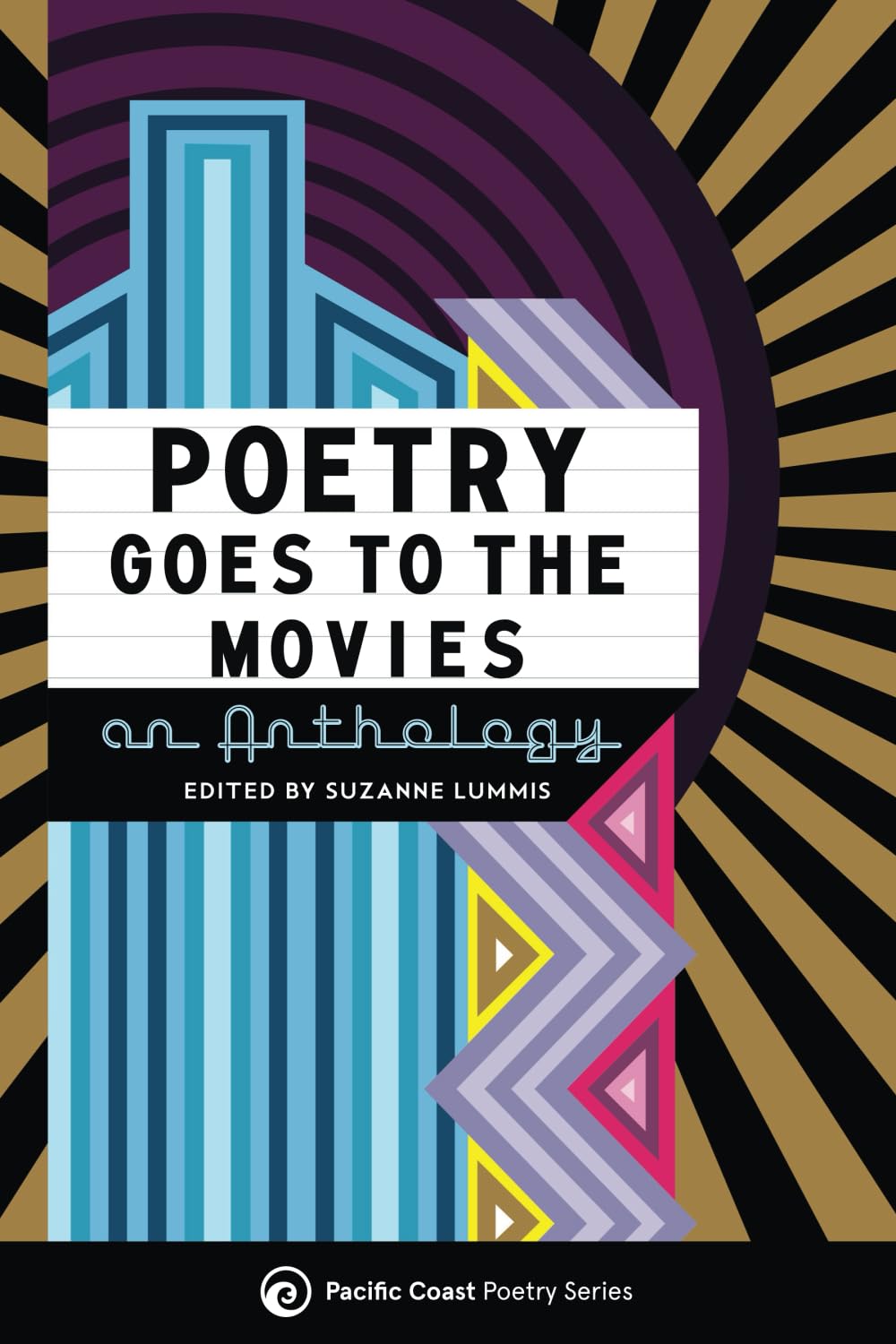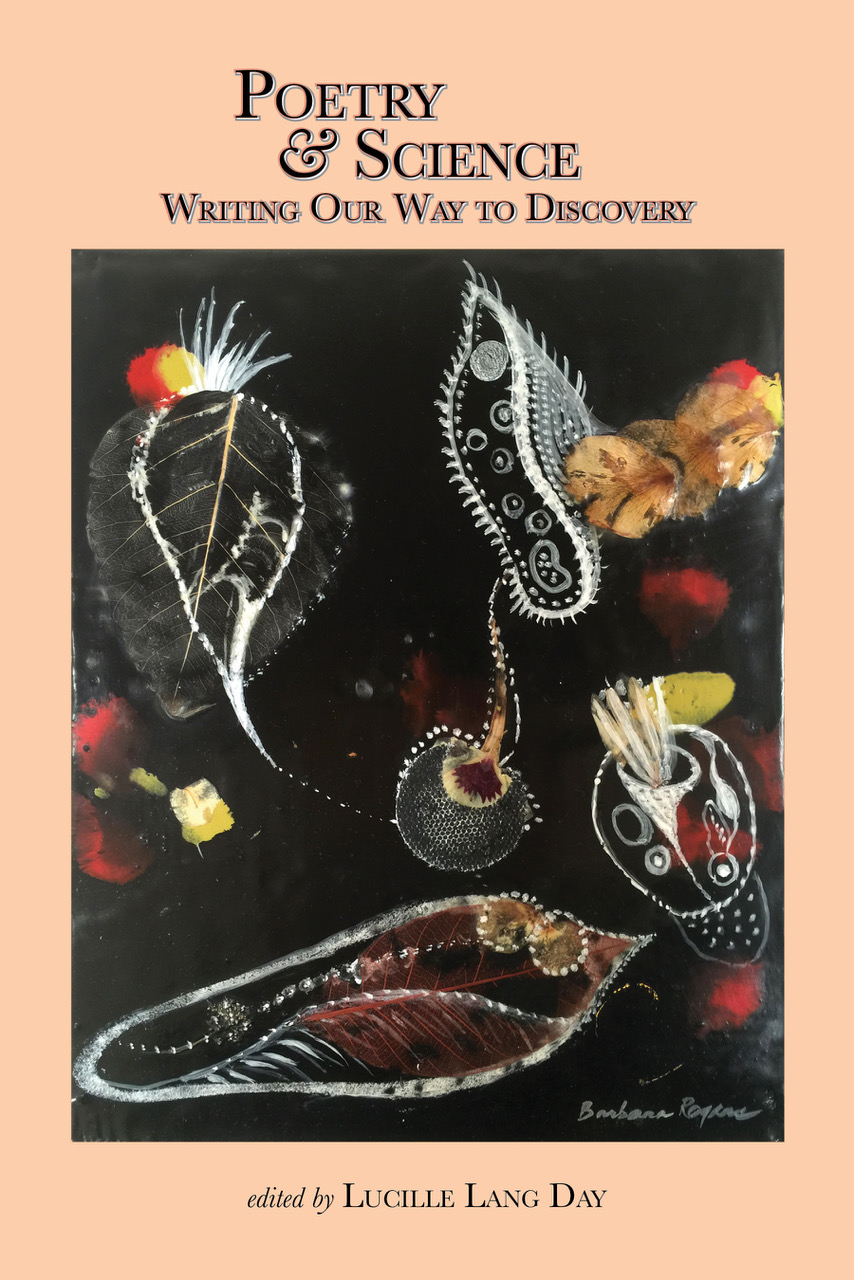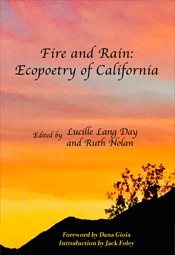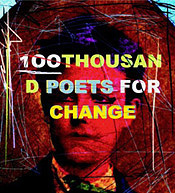Karen Kevorkian
Dark Red and Green
It is a year when girls enamel their toenails black. What makes this a special day — a man kneeling importantly on his roof, hammering echoing across the field, redly arid small houses, rapacious trees, water rushing from a tap, dishes clinking syllables
spires of grass in stately side to side, a bee flying away from a flower then returning to the same pale ear, soon too dust laden to rise — grief returns fluttering, sunlight full on it. In the dance
lean bodies of boys shift like tall stalks in a row of stalks, fragrant smoke in their hair, the certain rise and fall of their feet. Obsidian water slashed by thick wooden planks utters pith
the body in bed still draped in night's creased tossings, the fan overhead whose white blades at certain before-daylight hours dissolve into gray ceiling ferment. Nebulous the difference between blade and void, solid and air
the way women dancing look to their feet or to one side, beating mechanical time with little bunches of grass. Quicker and younger, the boys shake gourds loose with seed. Each blanket-shouldered old man carries one drum, as if one drum is all the world needs to complete the winding rows of the dance, its turns and returns
fat foxtails bouncing at the boys' waists, in the hair of each a tentative feather. Hackberry leaves sieve to paper the sun parchments through. Whuh uhn huh woes the dove. Dusk's gray tree shadow rivers the last green surge of grass. Too much green and relief at a red car passing.
Karen Kevorkian recently published two poetry collections, Lizard Dream (What Books Press) and White Stucco Black Wing (Red Hen Press). Her work has appeared in Michigan Quarterly Review, Poetry International, Quarterly West, Agni Online, and Massachusetts Review. She teaches poetry and fiction writing workshops at UCLA.
— posted August 2013































































